Real Women Hairstyles Definition
source link (google.com.pk)
Hair dryers speed the drying process of hair by blowing air, which is usually heated, over the wet hair shaft to accelerate the rate of water evaporation.
Excessive heat may increase the rate of shaft-splitting or other damage to the hair. Hair dryer diffusers can be used to widen the stream of air flow so it is weaker but covers a larger area of the hair.
Hair dryers can also be used as a tool to sculpt the hair to a very slight degree. Proper technique involves aiming the dryer such that the air does not blow onto the face or scalp, which can cause burns.
Tight or frequent braiding may pull at the hair roots and cause traction alopecia. Rubber bands with metal clasps or tight clips, which bend the hair shaft at extreme angles, can have the same effect.
If hair is pinned too tightly, or the whole updo slips causing pulling on the hair in the follicle at the hair root are other scenarios that can cause aggravation to the hair follicle and result in headaches. Although many African- Americans use braiding extensions as a form of convenience, it is important not to keep the braids up longer than needed to avoid hair breakage or hair loss.
Hair styling is a major world industry, from the salon itself to products, advertising, and even magazines on the subject. In the United States, most hairstylists are licensed after obtaining training at a cosmetology or beauty school.
In recent years, competitive events for professional stylists have grown in popularity. Stylists compete on deadline to create the most elaborate hairstyle using props, lights and other fantastic accessories.
Styling products aside from shampoo and conditioner are many and varied. Leave-in conditioner, conditioning treatments, mousse, gels, lotions, waxes, creams, clays, serums, oils, and sprays are used to change the texture or shape of the hair, or to hold it in place in a certain style. Applied properly, most styling products will not damage the hair apart from drying it out; most styling products contain alcohols, which can dissolve oils. Many hair products contain chemicals which can cause build-up, resulting in dull hair or a change in perceived texture.
Real Women Hairstyles Form Long Hair Names Medium Length For Round Faces Short Layers Updos Over 50 2013
Real Women Hairstyles Form Long Hair Names Medium Length For Round Faces Short Layers Updos Over 50 2013
Real Women Hairstyles Form Long Hair Names Medium Length For Round Faces Short Layers Updos Over 50 2013
Real Women Hairstyles Form Long Hair Names Medium Length For Round Faces Short Layers Updos Over 50 2013
Real Women Hairstyles Form Long Hair Names Medium Length For Round Faces Short Layers Updos Over 50 2013
Real Women Hairstyles Form Long Hair Names Medium Length For Round Faces Short Layers Updos Over 50 2013
Real Women Hairstyles Form Long Hair Names Medium Length For Round Faces Short Layers Updos Over 50 2013
Real Women Hairstyles Form Long Hair Names Medium Length For Round Faces Short Layers Updos Over 50 2013
Real Women Hairstyles Form Long Hair Names Medium Length For Round Faces Short Layers Updos Over 50 2013
Real Women Hairstyles Form Long Hair Names Medium Length For Round Faces Short Layers Updos Over 50 2013
Real Women Hairstyles Form Long Hair Names Medium Length For Round Faces Short Layers Updos Over 50 2013



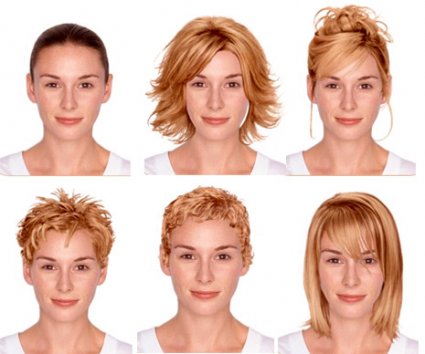









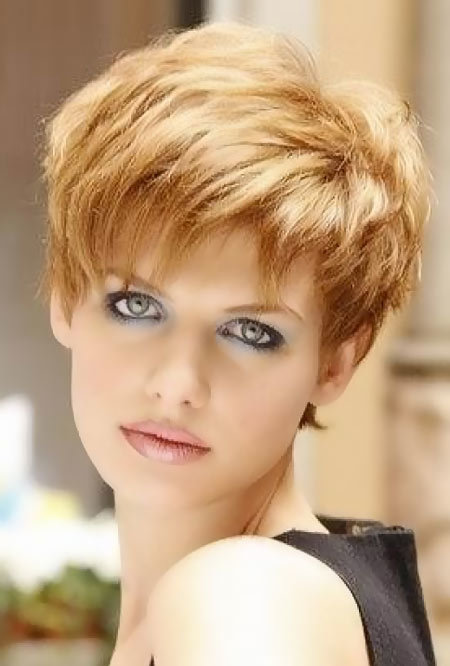

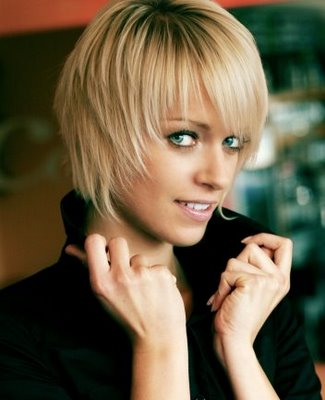
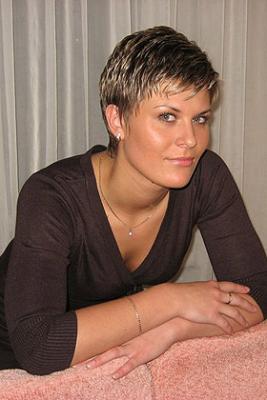

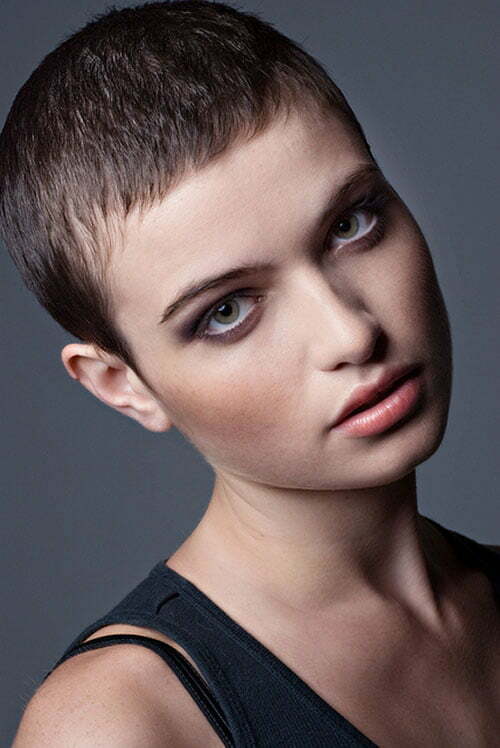


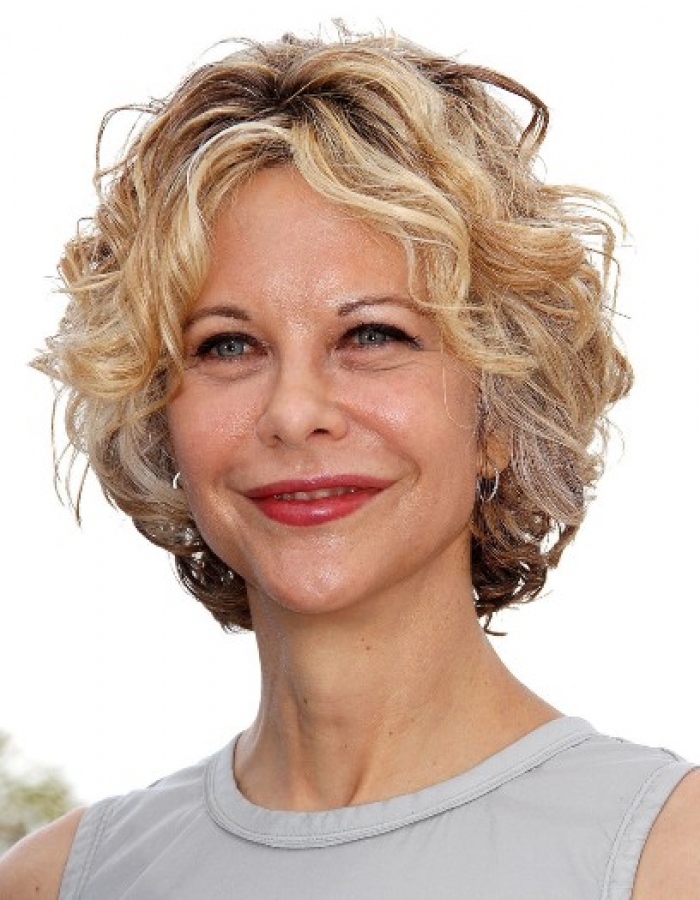
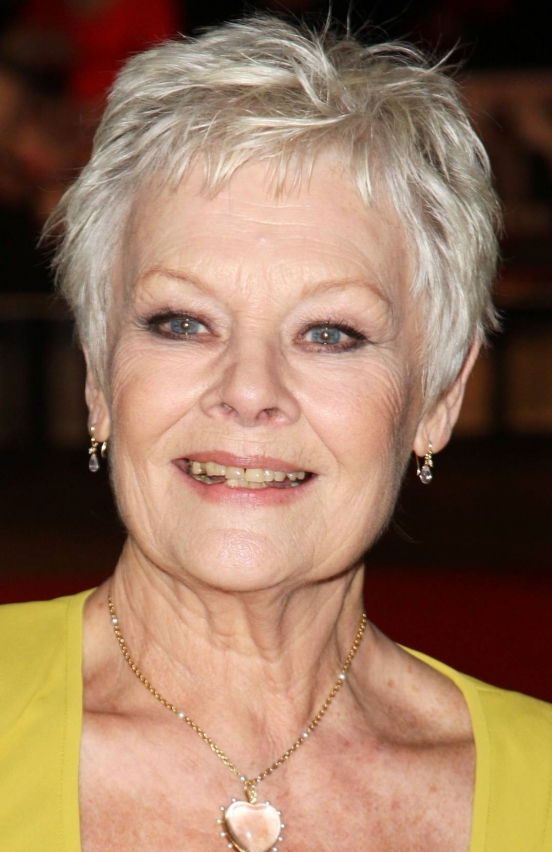














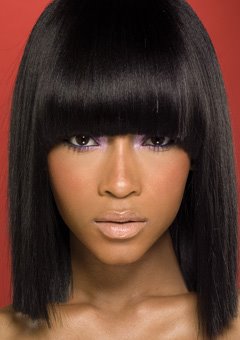




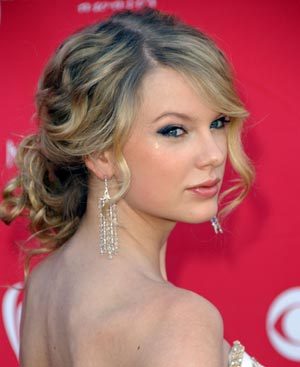





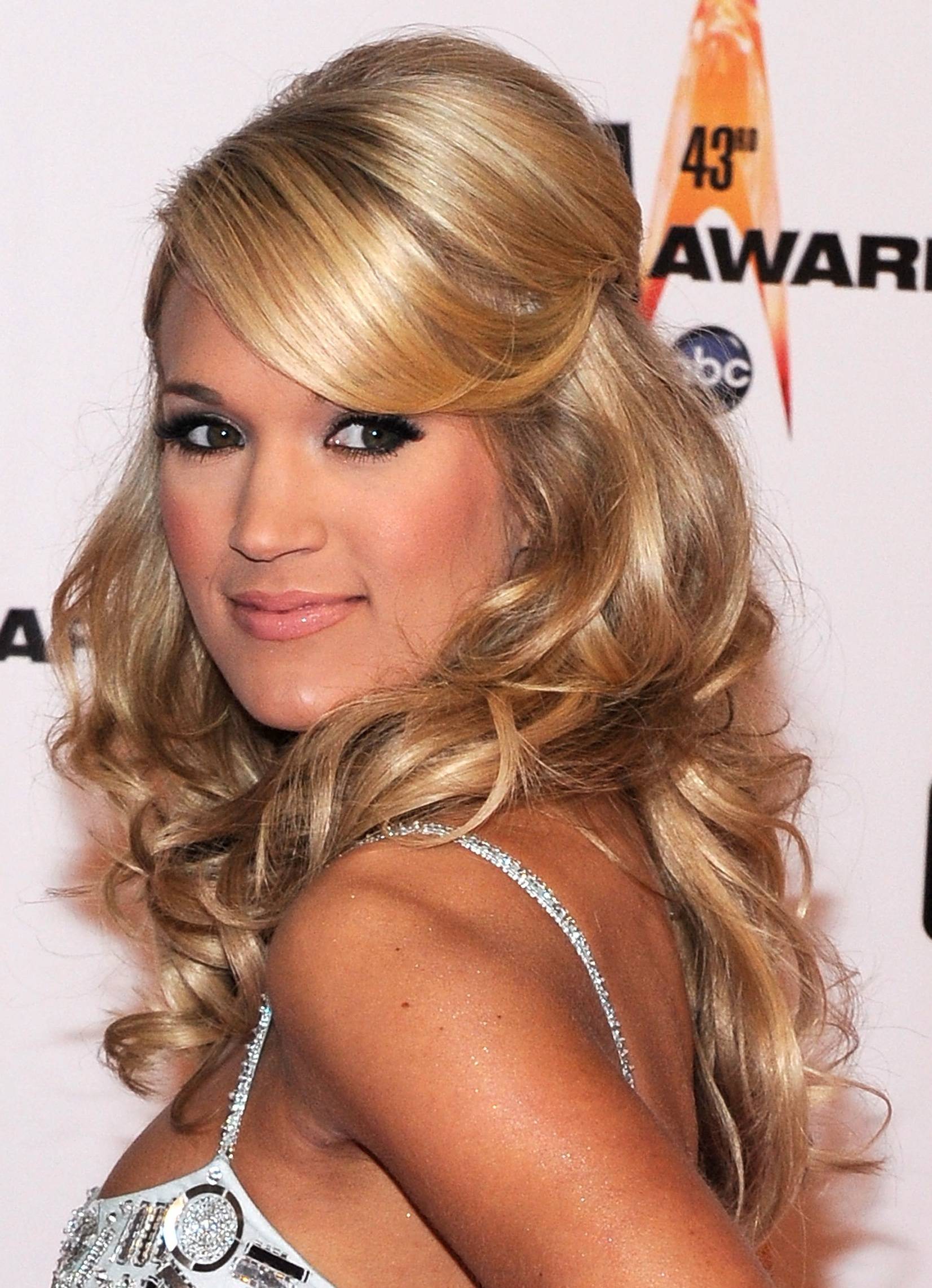
.jpg)
